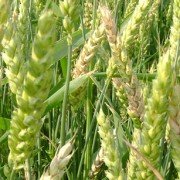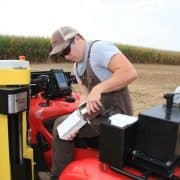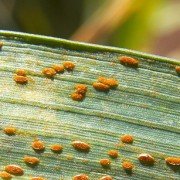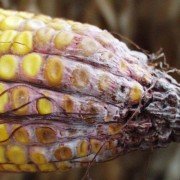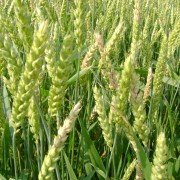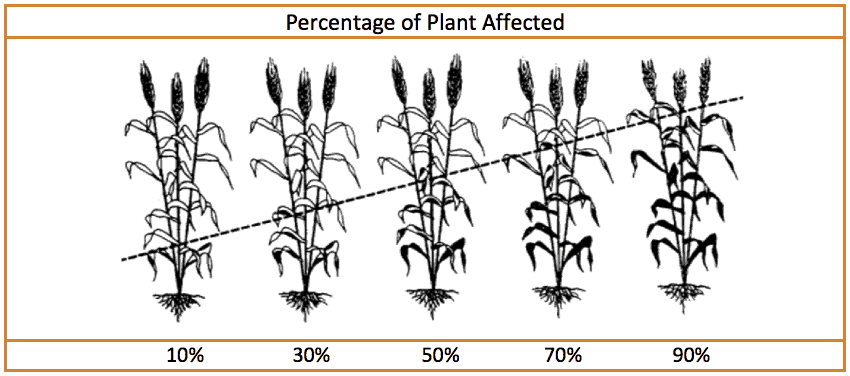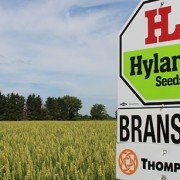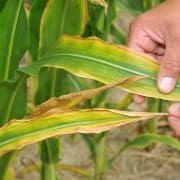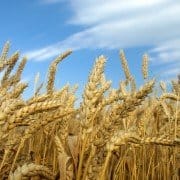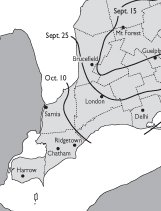Written by Alex Richardson, Agricultural Consultant, Thompsons – Blenheim.
Wheat harvest is complete and yields have given us great insight about our fields once again.
Variability was evident, and the results remind us it’s time to soil sample.
Soil sampling after wheat harvest is a great option to allow for the right conditions, and the time to do the sampling properly. It gives us the ability to plan using these results–not only for the remaining growing year, but for next year as well.
Results gathered now can be reviewed and used to apply some fall fertilizer or make spring plans for fertility management. Knowing what nutrients are already in the field is the best way to start that process.
Thompsons offers 3 main soil sampling packages, with options to suit any grower and any field.
Intensive Zone Sampling
Using data from numerous sources, grower expertise, and your local Thompsons Agricultural consultant, management zones will be mapped and generated throughout the field. Soil samples will be taken across these zones to best represent the field following the topography, yield, or problem areas depicted in the zones.
Site-specific Sampling
Choose from a 1 acre, 2.5 acre or 5 acre sample area. Your field will be overlaid with a grid, followed by samples taken in each grid from an area that best represents the lay of the land within that grid space.
Precision-Lite Sampling
Generate larger zones across the field to sample. Zones range from 10 acres to 25 acres in size, again based on numerous sources and grower expertise. Monitor and map the variability in your field!
Talk to your local Thompsons Agricultural Consultant today about any of these sampling packages and customized options. We can build a soil sampling plan to suit your individual farm and management situation.
We all know our fields are variable and need to continue managing the variability on our farms!
All soil sampling options include a complete mapbook of your field and soil analysis, with lab results attached.
Once the results have come from the lab, the value of soil sampling begins as fertility management progresses. With the help of your local Thompsons Agricultural Consultant, your field’s fertility can be reviewed and a plan put in place to build and maintain your soil health.

